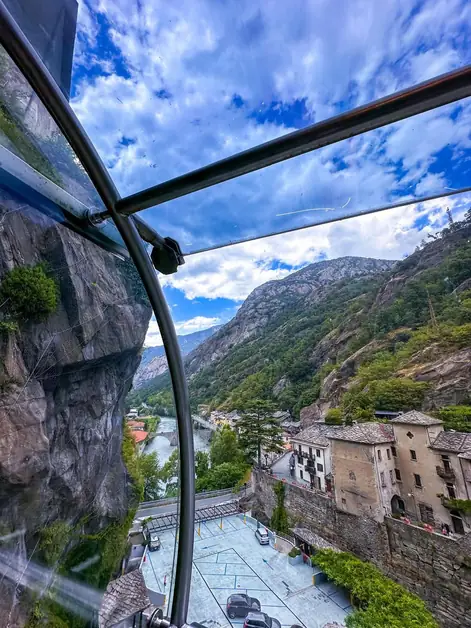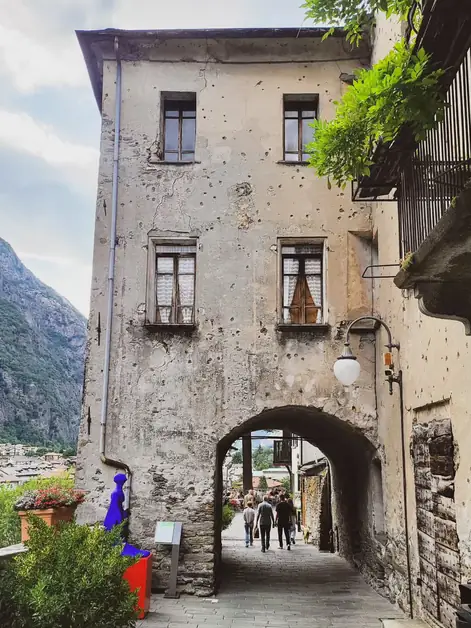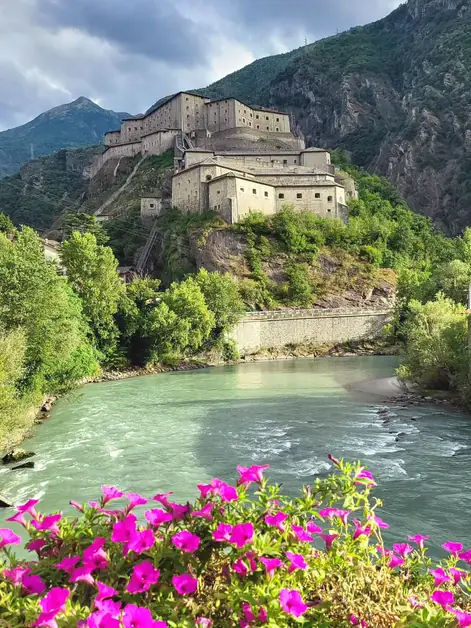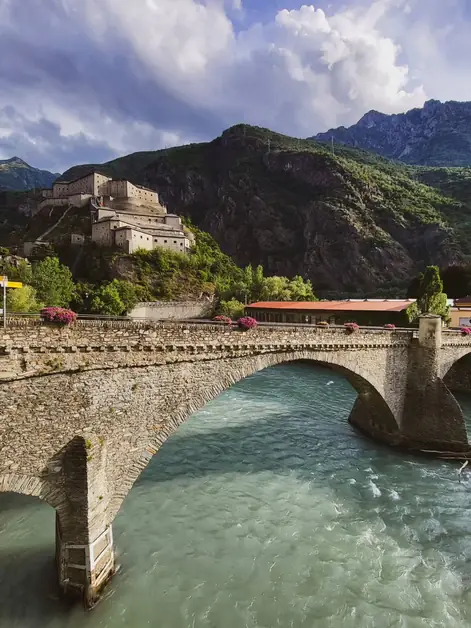Explore the Wonders of the Gran San Bernardo Pass
Discover the beauty of the Gran San Bernardo Pass and its unique attractions.
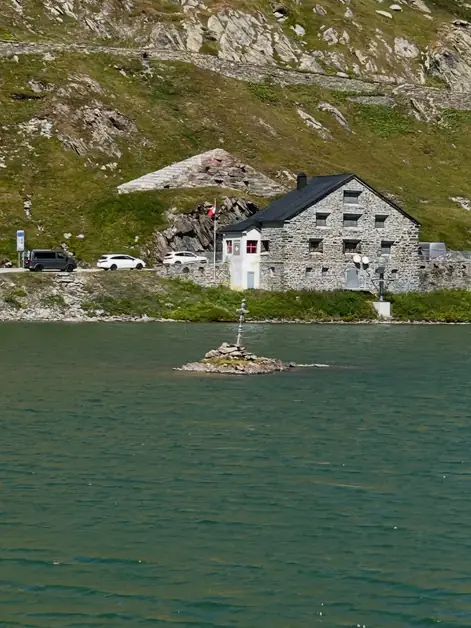
What is the location of the Gran San Bernardo Pass?
The Gran San Bernardo Pass is located at an altitude of 2,473 meters and connects the Aosta Valley with the Valais Canton in Switzerland. It is one of the most famous and oldest alpine passes, traversed since Roman times and known as a route for trade and pilgrimage. The road gently climbs through curves and high-altitude views, offering spectacular sights even during the ascent.
How do you reach the Gran San Bernardo Pass from the Aosta Valley?
Starting from Aosta, you take the SS27, a scenic road that runs alongside mountain villages like Gignod, Etroubles, and Saint-Rhémy-en-Bosses. From there, the climb becomes steeper and leads to the Swiss border. During the winter months, the pass may be closed due to snow, while the Gran San Bernardo tunnel, which is toll-based, remains open, allowing passage across the Alps in all seasons.
What makes the Gran San Bernardo Pass road special for motorcyclists?
The Gran San Bernardo Pass is highly appreciated by motorcyclists for its wide curves, well-maintained road surface, and especially the views that unfold curve after curve. The route crosses forests, pastures, and rocky areas, with glimpses of Monte Velan and the Swiss peaks. It is one of the most scenic roads in the Alps for those who love to travel on two wheels, with plenty of opportunities to stop and admire the landscape and take photographs.
What panoramas can be admired along the Gran San Bernardo Pass?
During the ascent, green meadows, high-altitude pastures, and imposing rocks alternate. In spring and summer, the meadows are dotted with mountain flowers, and the contrast with the snow-capped peaks is spectacular. Once at the top, the view is of the alpine lake located right next to the customs, framed by mountains exceeding 3,000 meters.
What can be found at the top of the Gran San Bernardo Pass?
At the summit of the pass, there is a small village made up of inns, hotels, and the famous Gran San Bernardo Hospice, founded by Augustinian monks in the Middle Ages to welcome travelers. Here, you can also find the Treasure Museum, featuring sacred objects and historical artifacts that tell the story of the pass's role over the centuries.
What do the San Bernardo dogs represent for this place?
The famous San Bernardo dogs originated right here at the Hospice. They were bred by the monks to assist in snow rescues and in finding travelers in distress. Even today, it is possible to see some of these dogs at the pass, symbols of Gran San Bernardo and protagonists of many legends.
Is it possible to hike at the Gran San Bernardo Pass?
From the pass, several trails lead you to walk among alpine lakes and pastures. Some routes head towards the Swiss border, while others develop towards the Aosta Valley, offering views of the Mont Blanc range and surrounding peaks. The walks are suitable for those who love the mountains and want to breathe fresh air away from the cities.
What typical flavors can be found along the Gran San Bernardo road?
In the towns encountered while ascending to the pass, you can taste traditional dishes from the Aosta Valley. In Saint-Rhémy-en-Bosses, for example, the famous DOP raw ham aged at high altitude is well-known. In the restaurants along the road, polenta, mountain cheeses, and local wines are abundant. Stopping at the table is part of the experience, combining taste and landscape.
What is the best season to visit the Gran San Bernardo Pass?
The pass road is generally open from June to October, depending on snow conditions. In summer, the climate is cool, with ideal temperatures for traveling by motorcycle or car without suffering from the heat. In late spring and early autumn, the colors of nature make the experience even more enchanting, with blooming meadows or the golden hues of the pastures.
What changes when choosing the tunnel or the scenic road of the Gran San Bernardo?
The Gran San Bernardo tunnel is fast and direct, designed for those who need to cross the Alps without detours. The scenic road, on the other hand, takes more time but offers views and sensations that are unparalleled. Those traveling for tourism often prefer the pass road, enjoying the journey as an integral part of the trip.
